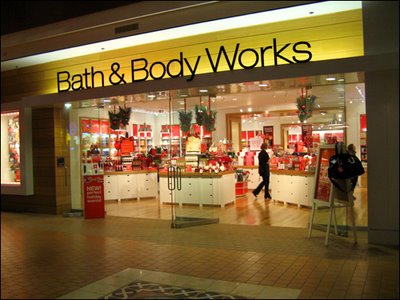I enjoyed doing the Unoaked Chardonnay series last week so I decided to do another series. And after a week of nothing but white wine (which is very unusual for me), I decided to go to my sweet spot: Old Vines Zin. I kept it in the everyday price range ($10-15 for me) and picked a single appellation – Lodi – to focus on, hoping I’ll learn a bit more about it along the way. Maybe after I do 3 or 4 from Lodi, I’ll do 3 or 4 from another AVA (Paso Robles?) for a little compare/contrast.
Spellbound Old Vines Zinfandel 2005 Lodi
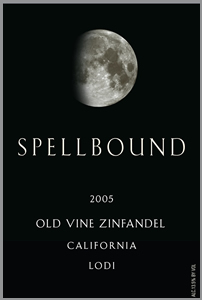 Producer: Spellbound
Producer: Spellbound
Grapes: 99% Zinfandel, 1% Petite Sirah
Appellation: Lodi (map)
Vineyards: 52-year-old vines
Winemaking/Aging: Stainless steel fermentation. Aged in 50% French and 50% American oak (no indication of length of aging).
Alcohol: 13.5%
Price: I paid $15
Package: Synthetic cork closure. Kinda cool-looking bottle. The black & white label with the shadowy moon is pretty evocative. Just right for a Halloween party or your next coven meeting.
My tasting notes: Color is a bit lighter than most Zins in my experience. But the nose doesn’t hold back. I leaned in for my first sniff, planning to park my nose deep in the glass, and I literally stopped and jerked back. It positively reeked of candy and berry juice. So sweet-smelling! It mellowed a bit later, but the overall impression is of raspberry jam spread on the backside of a strip of leather or a plank of wood. On the palate, it stays in that intense, sweet, candied berry range with a little floral quality. Imagine Hawaiian Punch steeped in a handful of potpourri. (Anyone remember the store called World Bazaar that used to be in all the malls back in the 80s? You needed a gas mask to survive a trip in there with your mom.) It’s a medium-bodied wine, with a moderately long finish that leaves an impression mainly of oak.
Overall assessment: I’ll admit to having a positive bias toward old vines Zin — it’s the style of wine I want to like the most. But this one falls short for me. It doesn’t bring complexity so much as intensity in a very candied fruit way. I could see some people really liking the intense fruit — the flavors are very bright and clean. But I think it needs some darkness (mocha, earth, meatiness) to match the label and to make it feel more … serious. C+
Free association:
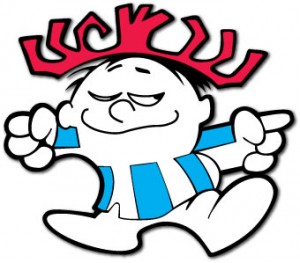
Other info:
Winemaker’s notes.
The wine scored 88 from Wine Enthusiast and 80 from Wine Spectator, with pretty different tasting notes (collected here).
 I originally intended this to be a 2 bottle series — just pick up two readily available unoaked Chardonnay’s and do a little compare and contrast. I was a bit disappointed with both bottles so I decided to extend the series. I stopped by Whole Foods (the flagship location at Austin HQ) and grabbed two more.
I originally intended this to be a 2 bottle series — just pick up two readily available unoaked Chardonnay’s and do a little compare and contrast. I was a bit disappointed with both bottles so I decided to extend the series. I stopped by Whole Foods (the flagship location at Austin HQ) and grabbed two more.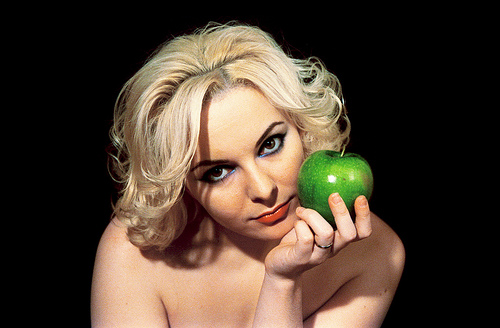
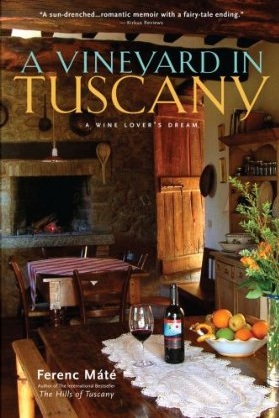
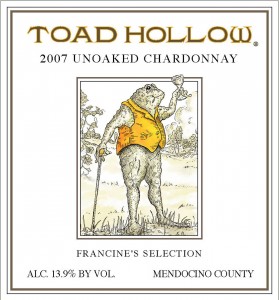
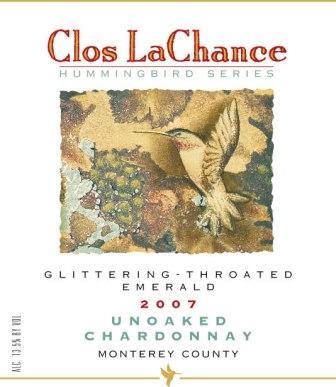
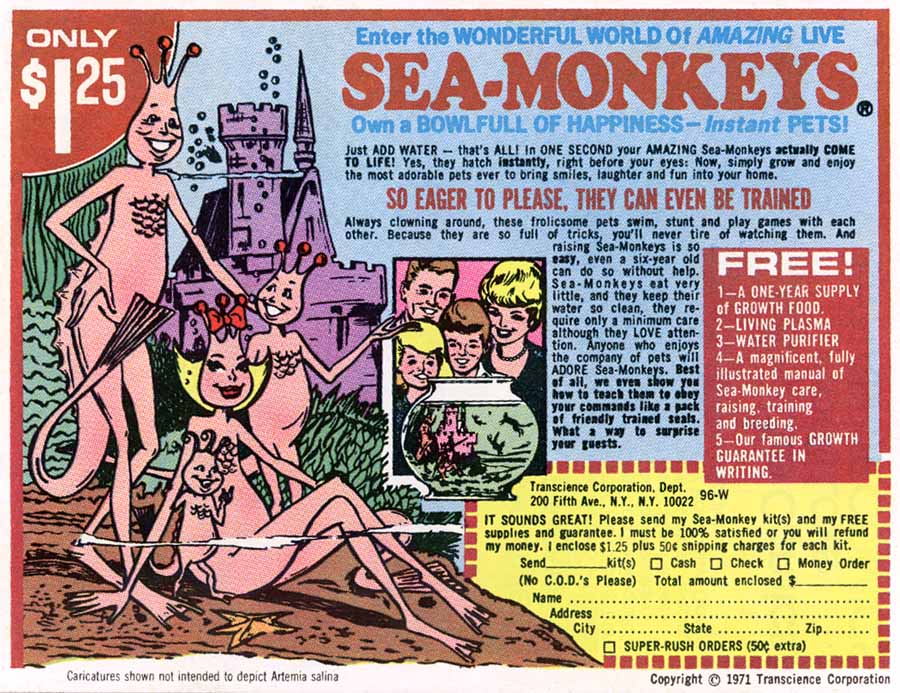
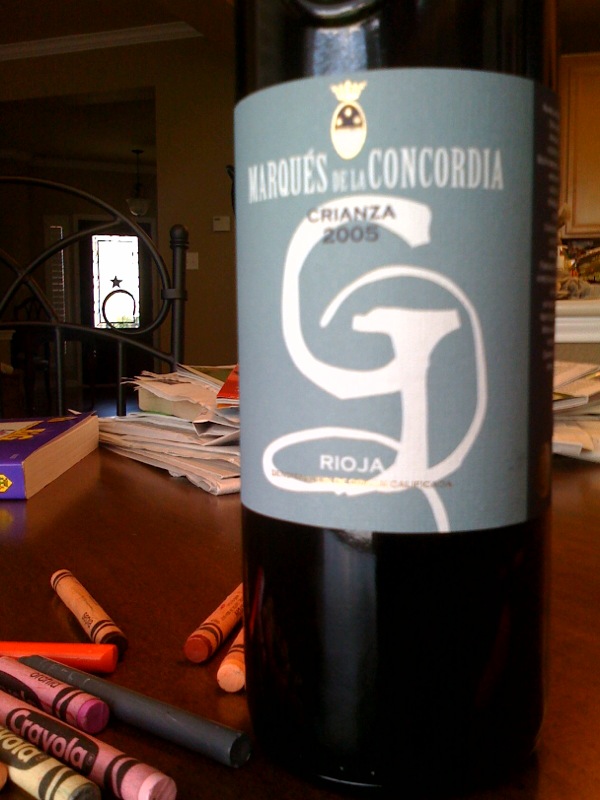
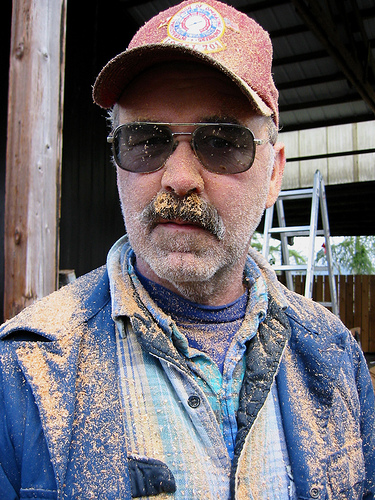
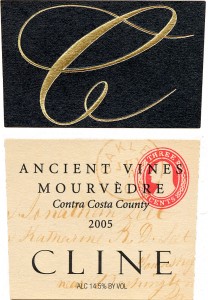
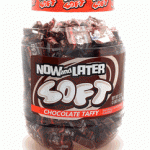
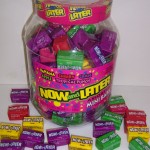
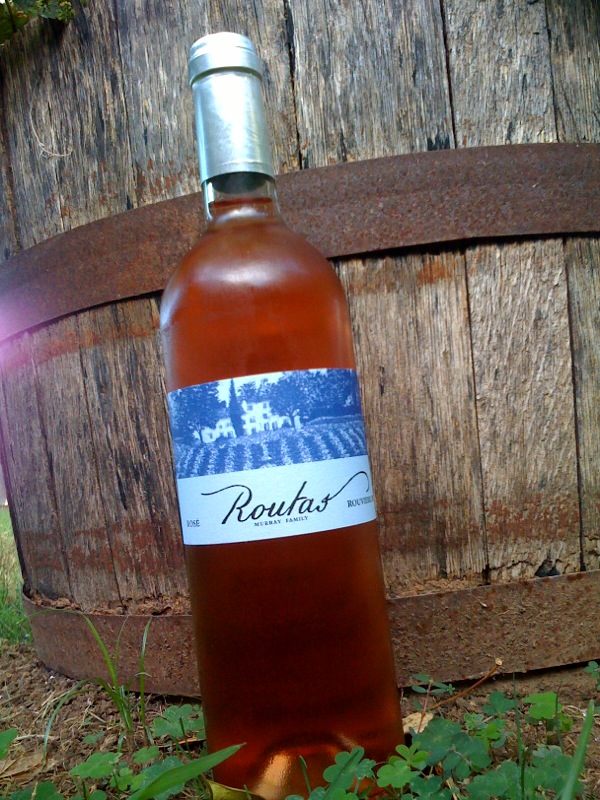 Producer: Chateau Routas
Producer: Chateau Routas